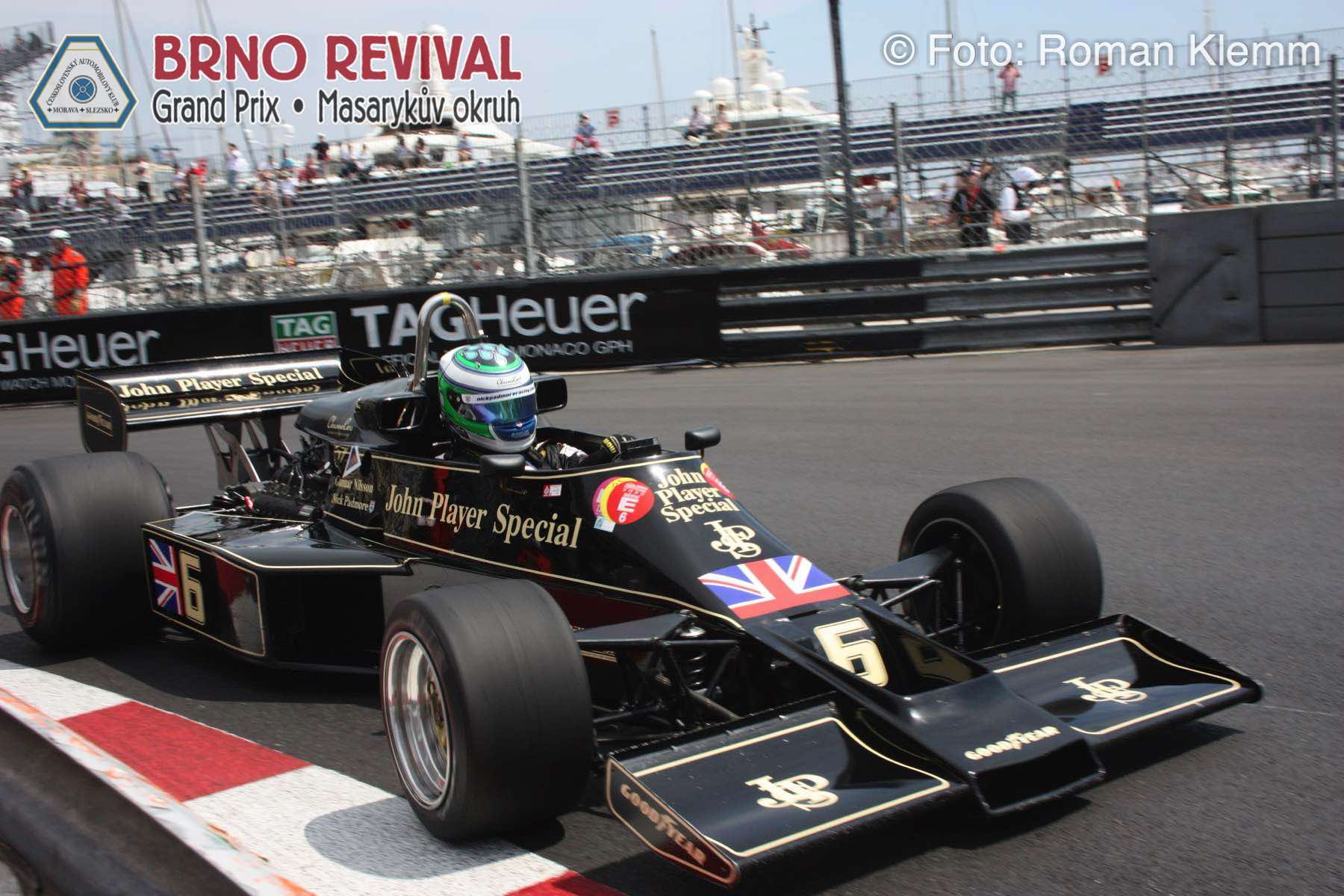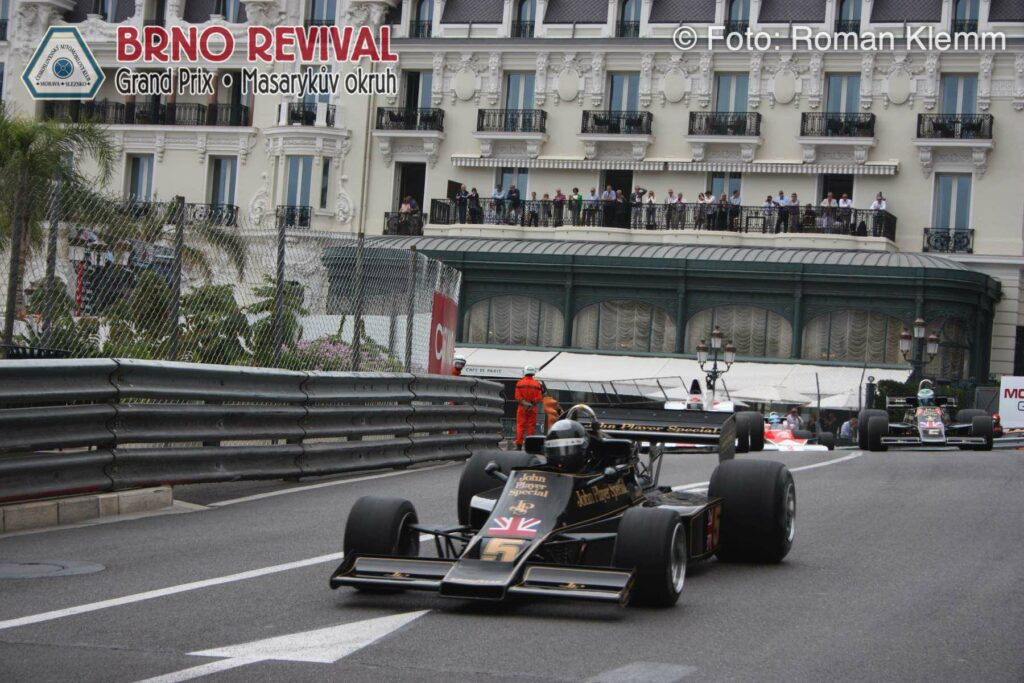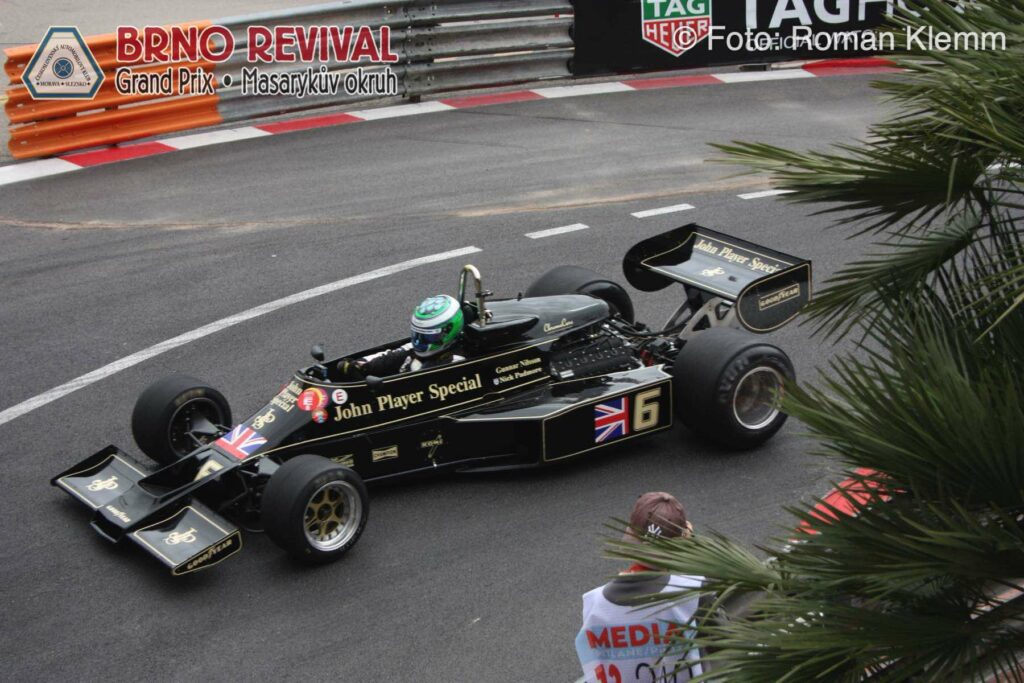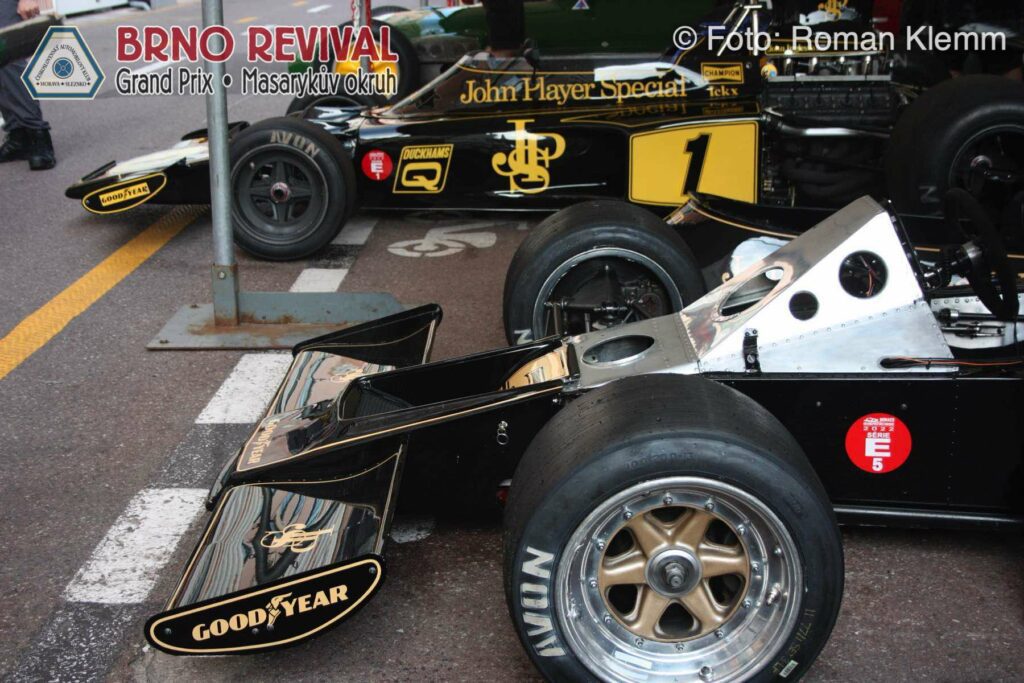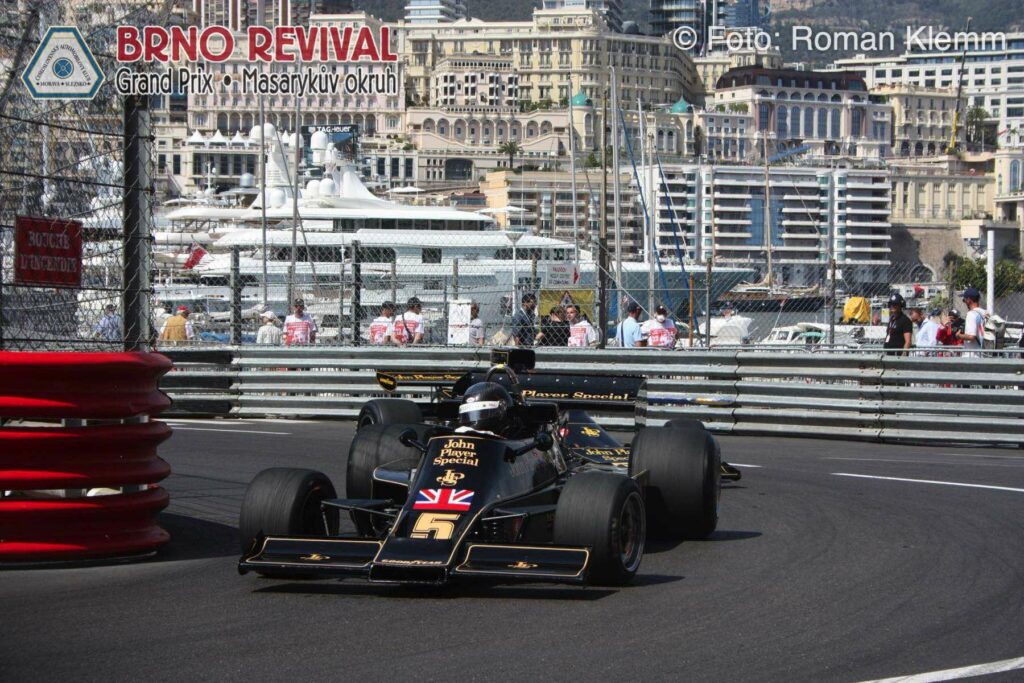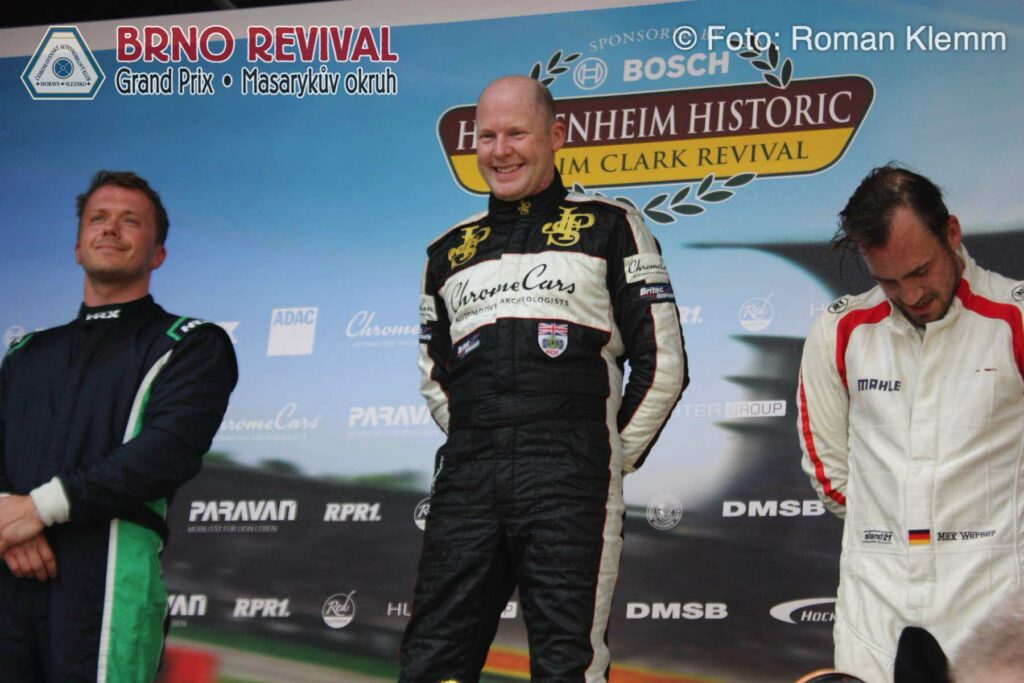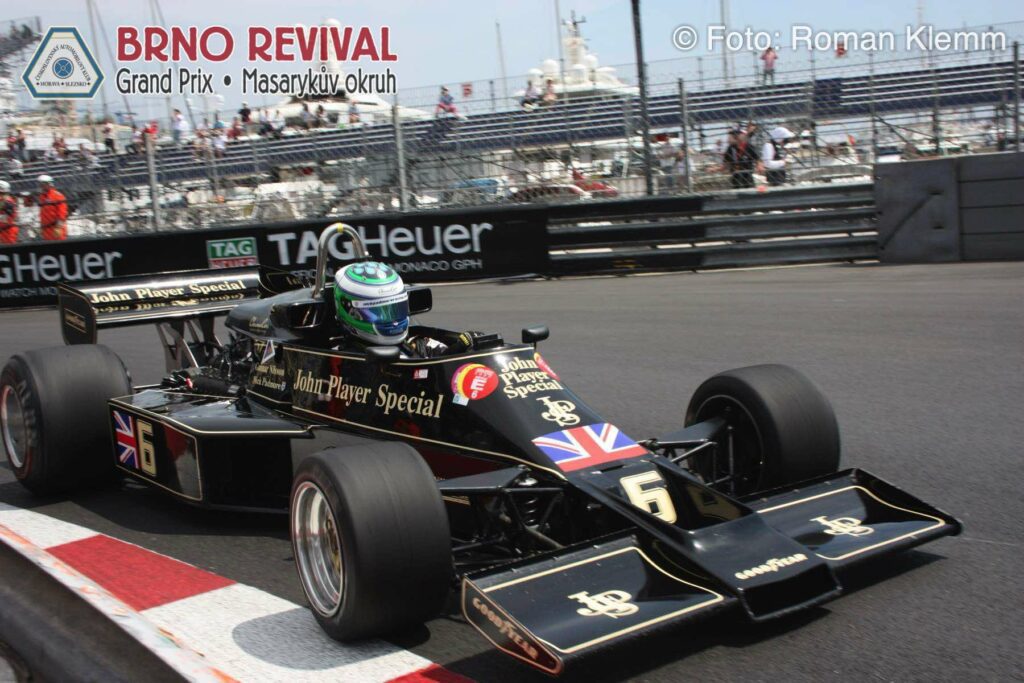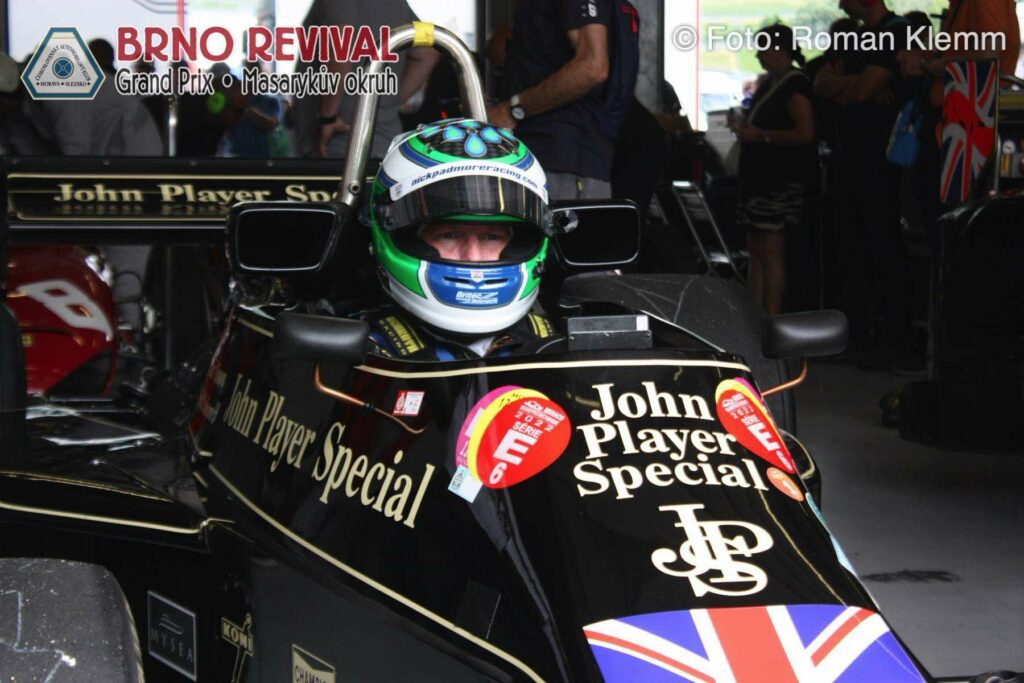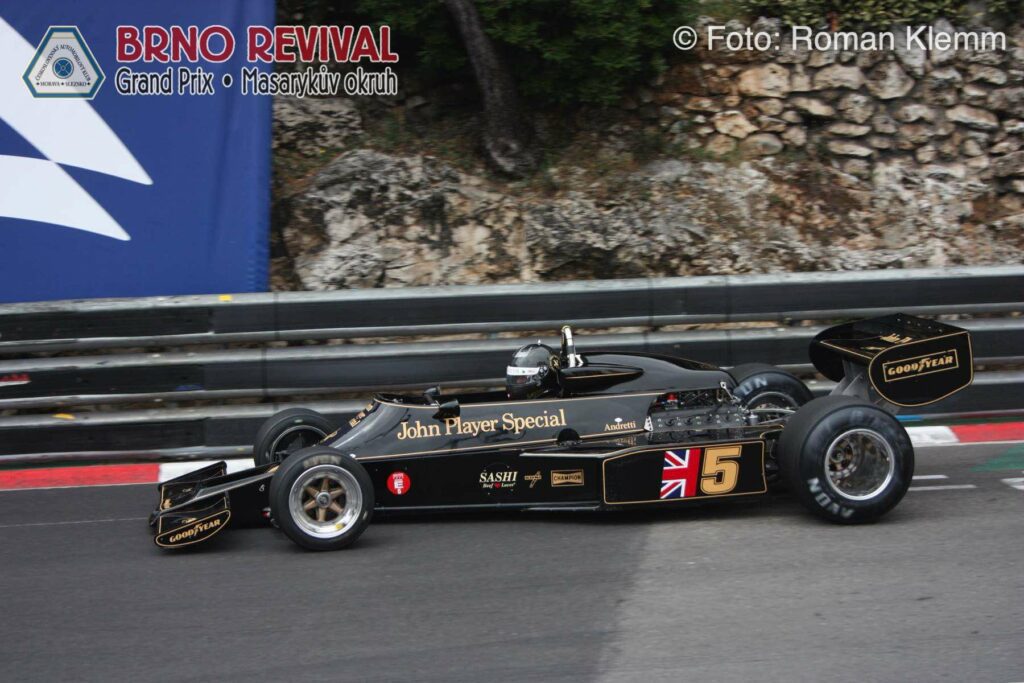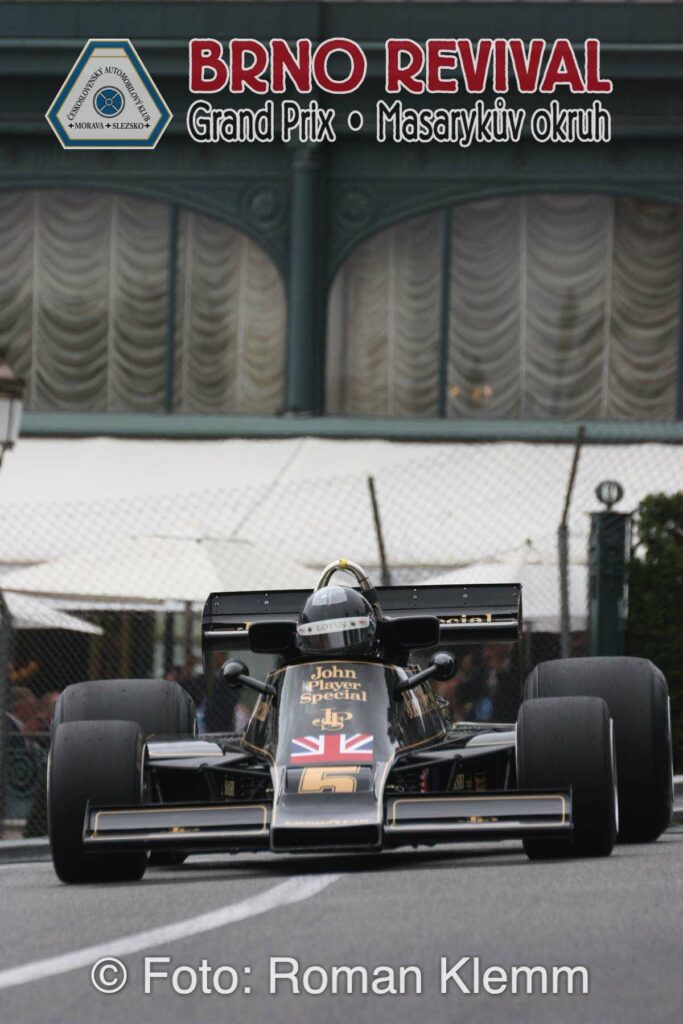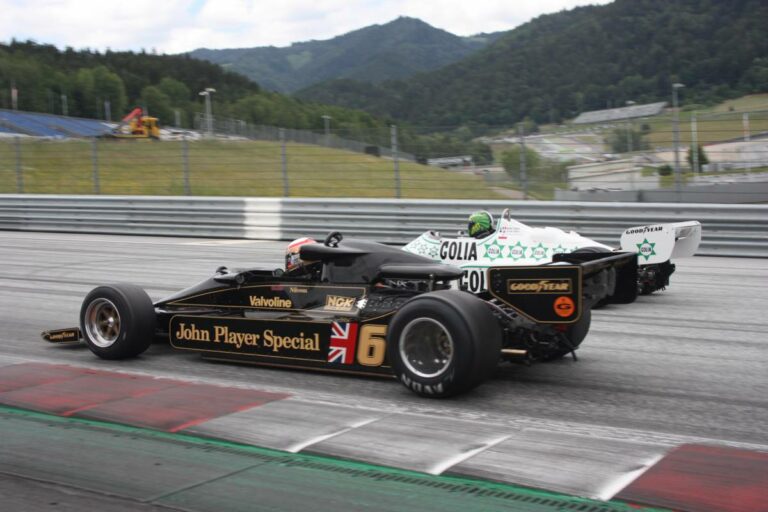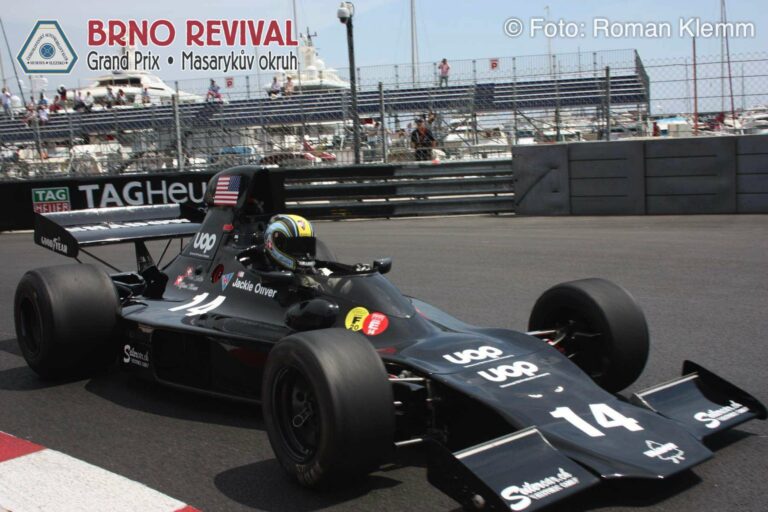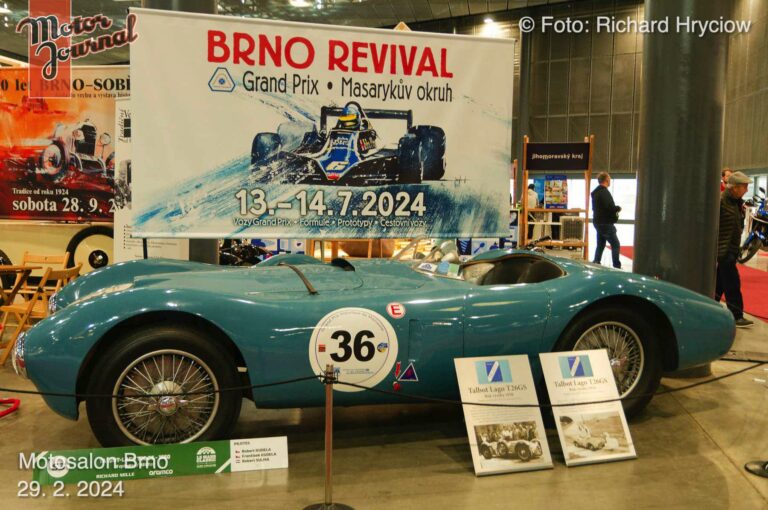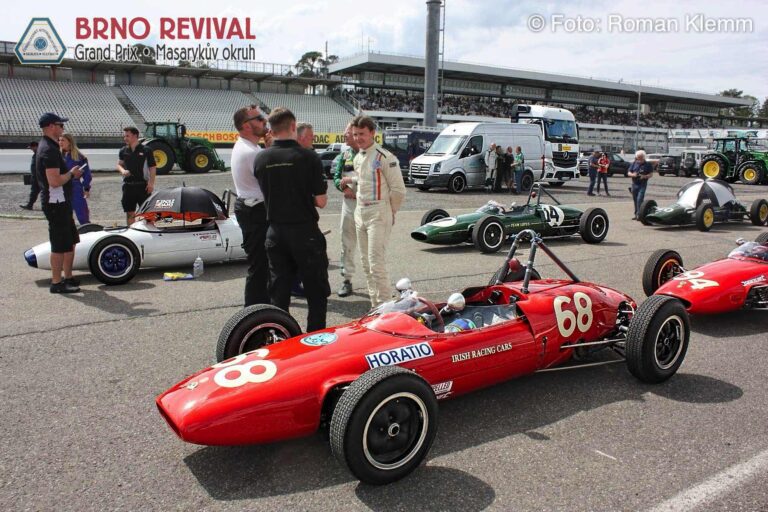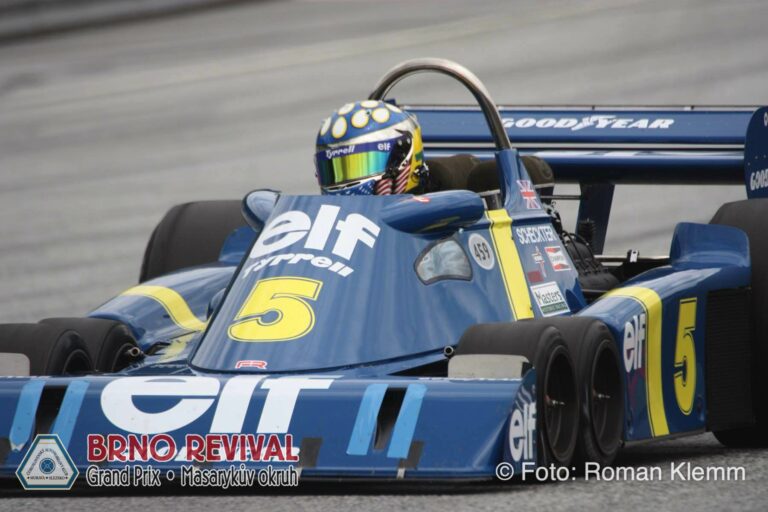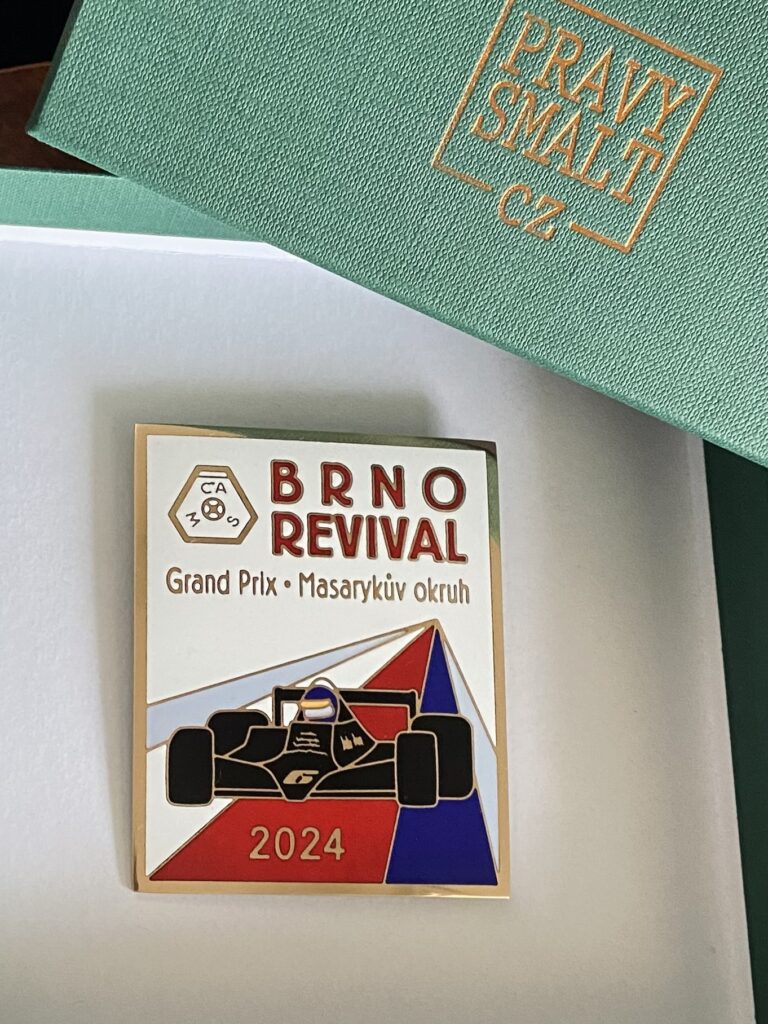Lotus-Ford 77
We will see these F1 gems at the GP Revival 2024 in Brno
Text and photo: Roman Klemm
The owner of the Lotus brand, Colin Chapman, has long tried without success to construct a suitable successor to his revolutionary and successful Mk72, which drove Jochen Rindt to the title in 1970 and Emerson Fittipaldi in 1972. Even in the 1974 season, Ronnie Peterson was able to win with it. After the flop that was the Mk76, Chapman embarked on another unusual solution – the Lotus-Ford Mk77. Chapman let four designers work on the model that was supposed to help Peterson and Andretti to laurels in 1976. Geoff Aldridge, Martin Ogilvie, Len Terry and Tony Southgate. He wanted to outwit the competition with a car with a very narrow monocoque, altered weight distribution and, above all, a complicated suspension solution that could be radically adapted very quickly to the requirements of the track and the driver.
So much for a promising theory. The reality was that the two star drivers abandoned Chapman and his then-uncompetitive creation right after the first race at Interlagos after a mutual accident (!). Peterson towards Marche and Andretti to fulfill contractual obligations with the Parnelli team. Chapman accepted Gunnar Nilsson and Bob Evans into the team, but the Briton was replaced from Jarama by the returnee Andretti - the Parnelli stable had gone bankrupt in the meantime. During the season Lotus improved and above all simplified its Mk77. While the 3rd place of rising Swedish star Nilsson in May's Jarama was an exception, cars in JPS livery were regularly among the fastest in the final third of the championship. Nilsson finished third again in Austria and Andretti in the same position in the Netherlands and Canada. The best, however, awaited the Lotus-Ford Mk77 during the first hosting of Formula 1 in Japan. On October 24, 1976, Andretti started the memorable race between Hunt and Lauda from pole position. He timed the race on the wet and dangerous Fuji Speedway the best of all and won after 73 laps! Nilsson completed Lotus' excellent team result with 6th place. Chapman's brand is thus back among the Grand Prix winners after a 2-year break.
His comeback during hard times and his tireless development work were never forgotten by Chapman Andretti. In the following years, it guaranteed him the position of team number one, which the Italian-American turned into the title of world champion in 1978 (with Lotus Mk78 and Mk79).
The winning model of the 1976 Japanese Grand Prix is deployed in the F1-Masters by the Chrome Cars team with one of the fastest drivers in the field in the cockpit. He is the Englishman Nick Padmore.

